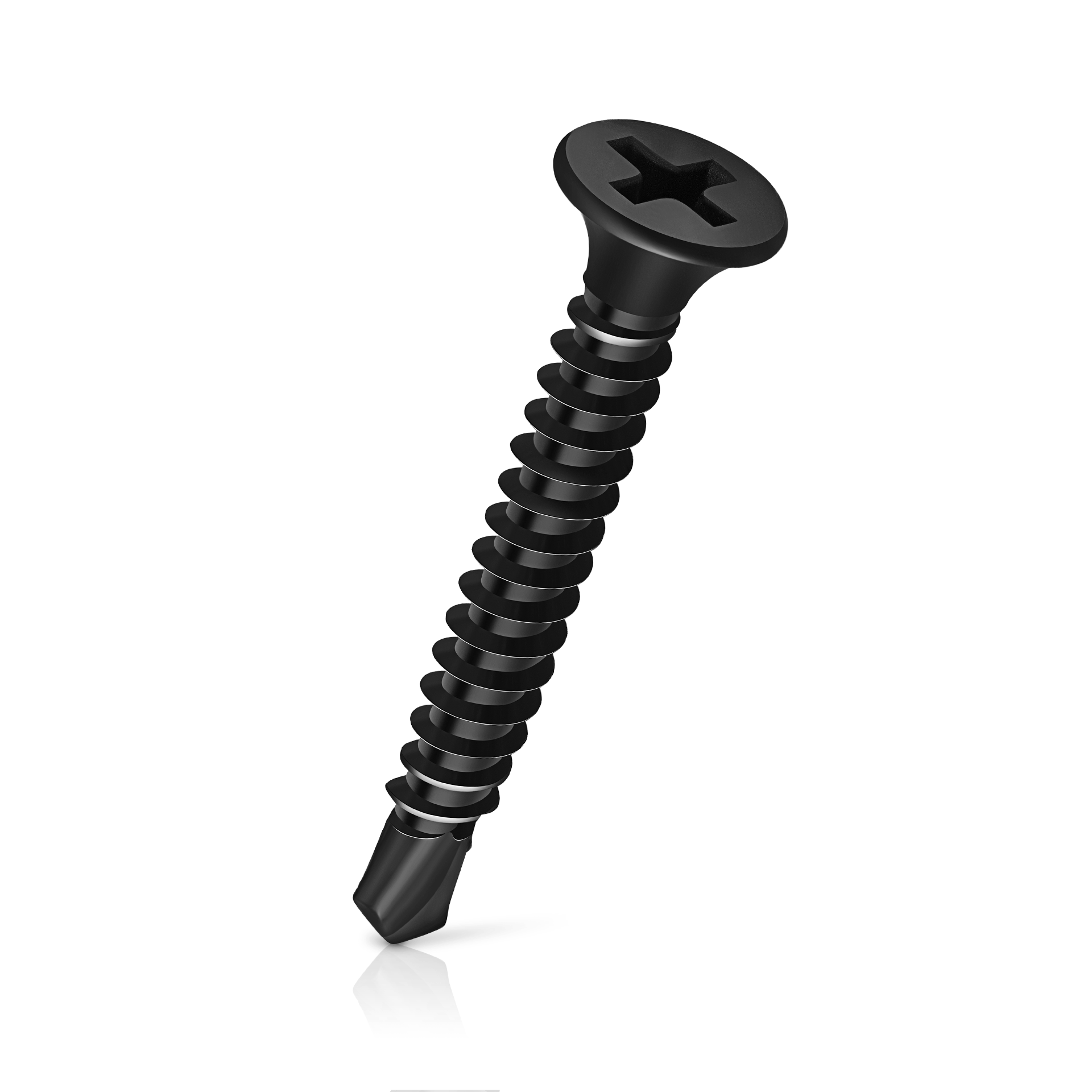spring washer drawing products
Understanding Spring Washer Drawings and Their Applications
Spring washers are mechanical components commonly used in various applications to provide a range of benefits such as ensuring retention, absorbing vibrations, and maintaining tension in assembly joints. A spring washer drawing provides a detailed visual representation and specification of these components, helping engineers and manufacturers understand how to design, fabricate, and implement them effectively.
What is a Spring Washer?
A spring washer is a type of washer that is designed with a slight deformation in its shape, allowing it to exert a spring force once it is compressed. The most common types of spring washers are the belleville washer, wave washer, and split washer, each serving distinct purposes based on their shape and material properties. The unique curvature or wave pattern allows these washers to absorb movement and reduce the likelihood of loosening in bolted connections, especially in environments experiencing vibration or thermal expansion.
Importance of Spring Washer Drawings
Spring washer drawings are crucial for several reasons
1. Precision and Clarity Technical drawings provide precise dimensions, tolerances, and geometrical characteristics crucial in manufacturing spring washers. This ensures that each component fits optimally within its assembly, contributing to the overall performance of the mechanical system.
2. Material Specifications Drawings often indicate the type of material from which the spring washer should be made. Common materials include stainless steel, carbon steel, and alloy materials, chosen based on factors like corrosion resistance, load-bearing capacity, and cost.
3. Manufacturing Guidance The drawings guide manufacturers through the fabrication process, including machining, heat treatment, and surface finishing processes. Detailed drawings help ensure compliance with standards and specifications.
spring washer drawing products

Applications of Spring Washers
Spring washers are widely utilized across various industries, including automotive, aerospace, electronics, and construction. Their primary applications include
- Vibration Damping In machinery where vibration is prevalent, spring washers help maintain the integrity of bolted connections, reducing the risk of loosening over time.
- Load Distribution In applications where uneven loading can occur, such as on irregular surfaces, spring washers distribute the load more evenly, preventing damage to the components being fastened.
- Safety They are often used in critical applications where failure could result in safety hazards, such as in aircraft assemblies or high-stress automotive applications.
- Thermal Expansion In environments where temperature fluctuations lead to expansion and contraction of materials, spring washers accommodate these changes, helping maintain effective joint integrity.
Conclusion
In conclusion, understanding the role and specifications of spring washer drawings is vital in both engineering design and manufacturing processes. As integral components in a range of applications, they enhance the reliability and safety of assemblies subjected to dynamic stresses. By adhering to the guidelines provided in spring washer drawings, engineers and manufacturers can ensure the longevity and effectiveness of their products, ultimately leading to higher performance and fewer maintenance issues in the long run.
-
Top Choices for Plasterboard FixingNewsDec.26,2024
-
The Versatility of Specialty WashersNewsDec.26,2024
-
Secure Your ProjectsNewsDec.26,2024
-
Essential Screws for Chipboard Flooring ProjectsNewsDec.26,2024
-
Choosing the Right Drywall ScrewsNewsDec.26,2024
-
Black Phosphate Screws for Superior PerformanceNewsDec.26,2024
-
The Versatile Choice of Nylon Flat Washers for Your NeedsNewsDec.18,2024










